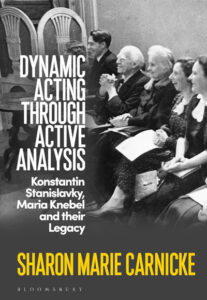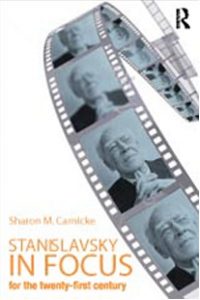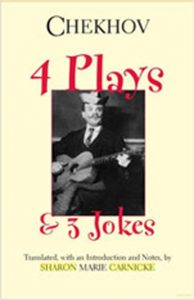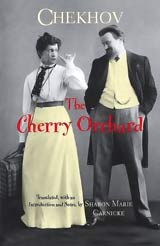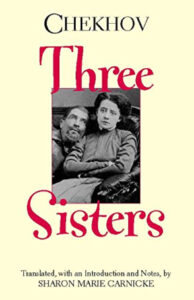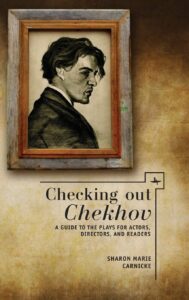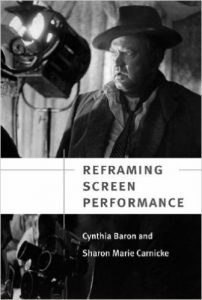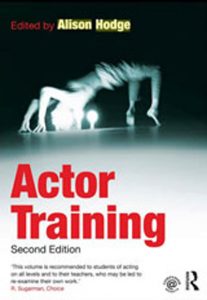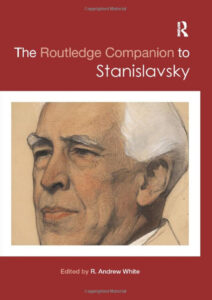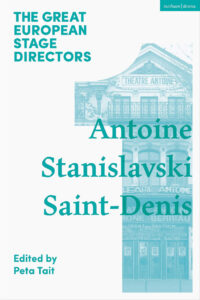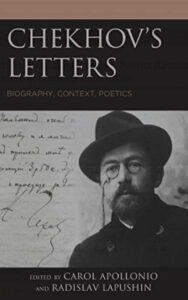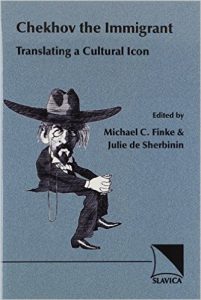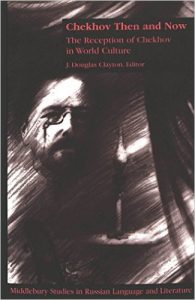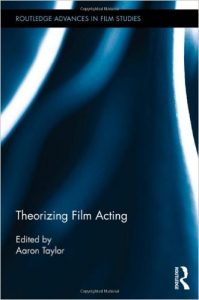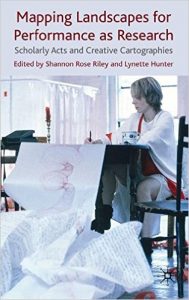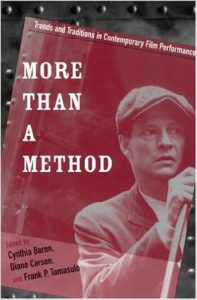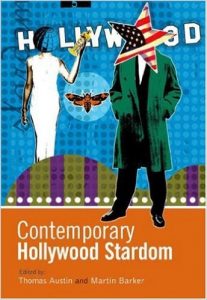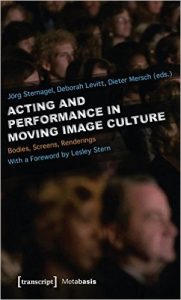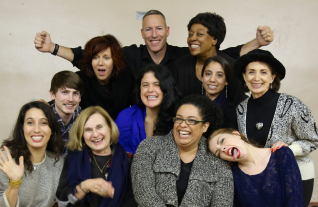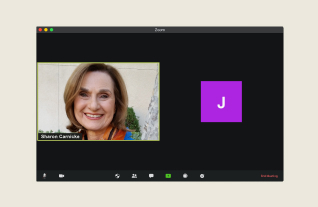Active Analysis is an innovative rehearsal technique that fosters in actors the necessary flexibility of mind, body and spirit to cope with current changes in plays and performance styles. Part mystery and part drama, Dynamic Acting Through Active Analysis uncovers the technique’s hidden history and guides actors to its effective practice
“In our current moment as we transition to more collaborative environments, Active Analysis will prove to be a boon for rising theatre artists.” Anne Bogart, Founder and Co-Artistic Director of SITI Company
“Carnicke presents Active Analysis as a usable methodology for any actor or director. A true gift!” Milton Justice, Author and Podcaster of I Don’t Need an Acting Class
“Carnicke presents a fresh approach to acting and directing in any style of theatre or film.” Michael King, Northern Kentucky University
“With intelligence, wit, compassion and respect for the traditions of theatre, Carnicke guides us to the continuing vitality of Active Analysis in our ever changing world. Her book is a testament to the resilience of the human spirit.” Mary Joan Negro, Actor, Director, Tony Award Nominee, and Acting Teacher
MORE INFO


